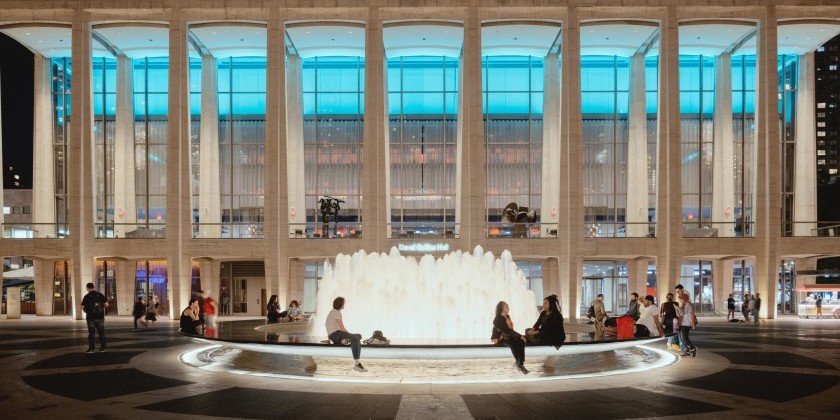The Dance Enthusiast Asks Dance Brazil

The Dance Enthusiast Asks Dance Brazil's Jelon Vieira
Erin Bomboy for The Dance Enthusiast
For over three decades, Dance Brazil has entertained audiences with catchy rhythms, and gravity-defying choreography by fusing Capoeira (martial arts set to an African beat) and Afro-Brazilian folk dance with gripping theatricality. Their spring season features an active touring schedule with performances in California, New York, Arkansas, Virginia, Pennsylvania, and Maryland where Vieira will premiere his new work — Fé do Sertão.
TDE: Dance Brazil was founded in 1977 and continues to thrive. What has inspired you to persevere for so many years?
Jelon Vierira: I was studying modern dance with Alvin Ailey, and he suggested I start my own company. He recognized that I had a distinctive background and artistry, which would be interesting to audiences. Since then, it has become my mission to get Brazilian culture and Capoeira into the hearts and minds of the people that come to our shows and take our classes.
Keeping a company going has gotten more difficult over the years. We’ve had to cut back on our community outreach programs and can no longer tour with live music. It remains a dream come true though to share my passion of Brazil with so many communities. I consider myself an ambassador of Afro-Brazilian spirit.
%20IMG_1435.jpg) |
| Dance Brazil in action ; Batuke with Arismar de Silva and Jamildo Alencar- Photo © Sharen Bradford - The Dancing Image |
How do you balance your own desires as an artist with the audience’s expectations?
JV: The audience comes to see our unique dance style, but I assert myself artistically through subject matter. In my new piece Fé do Sertão, I take inspiration from the northeast badlands of Brazil, which faces continual drought and economic hardship. The piece presents the determined spirit of these people who celebrate life regardless of their circumstances. That is the Brazilian soul.
Do Brazilian audiences respond differently than North American audiences?
Brazilians have a deeper understanding of the music and stories, so they connect more quickly than American audiences. For some Americans, this is their first introduction to Brazil and they love it. Many of them tell me that Brazil is the next place they plan to visit.
.jpg) |
| Dance Brazil in Imfazwe Dancer: Luis de Santana aka Vagalume, Photo © Sharen Bradford - The Dancing Image |
What role does Capoeira play in your choreography?
jV: I saw my first Capoeira show when I was a child and began to take classes on the sly. The African slaves developed Capoeira as protection, and fifty years ago when I started learning, things with African roots were shunned. My mother didn’t want me to study it because she worried people would discriminate against me. I consider Capoeira to be my true language. It is present in everything I create.
What does it take to be a Dance Brazil performer?
JV: My dancers must have strong Capoeira skills, but I encourage them to study everything: ballet, jazz, modern, and martial arts. I look for strong, disciplined performers who enjoy being on stage. Good character is also important because we spend a lot of time together.
.jpg) |
| Dance Brazil; in the foreground Jadson Nascimento; In the back, Raphael de Novaes, Camila Freitas; Photo © Sharen Bradford - The Dancing Image |
What’s next for Dance Brazil?
JV: We will tour and continue to acclimate to the economic situation. I hope to create a new piece in the next year. There is a beautiful style of Samba found only in the country that is dying out. I want to do a tour with dancers and musicians from ages eight to eighty-eight performing this Samba.
For information on Dance Brazil: Click HERE












